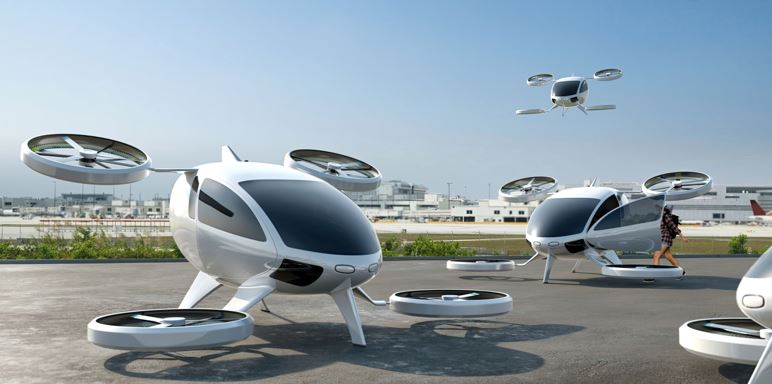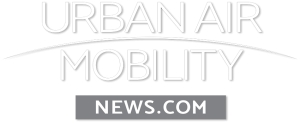
The UK Civil Aviation Authority (CAA) has published new safety analysis research to support the future integration of electric vertical take-off and landing (eVTOL) aircraft into UK airspace.
The study, in cooperation with WMG, University of Warwick, identifies over 50 high-priority areas to develop regulations, including airspace integration, vertiport operations and automation. The research proactively identifies risks that may arise from the future integration of eVTOLs into an already complex airspace system.
The 18-month study, funded by the Department for Transport, forms part of the regulator’s Future of Flight programme. The new research applies ‘systems thinking’ to assess the safety of future eVTOL aircraft operations in UK airspace. Systems thinking is a way of understanding how different parts of a whole system interact and influence each other, rather than focusing on individual elements in isolation.
The research project aimed to identify potential hazards and safety gaps associated with eVTOL operations, analysing interactions between aircraft, software, hardware and people. It was delivered in close collaboration with industry through the UK’s eVTOL Safety Leadership Group (eVSLG). Using workshops and technical meetings, a wide range of stakeholders, such as Bristow and NATS, contributed operational expertise that shaped the safety analysis and ensured the findings reflect relevant real-world challenges.
Some of the key outputs of the report include:
- Airspace integration challenges: Air Navigation Service Providers should implement mechanisms to detect and alert controllers/service providers to deviations in aircraft performance (e.g., altitude, speed, trajectory) from expected parameters.
- Vertiport operational standards: The criticality of energy management requires Ground Services to use advanced real-time sensors to ensure provision of continuous feedback on landing conditions.
- Automation and simulation oversight: There are currently no mandated protocols for using automation and simulation tools to detect performance deviations or predict flight path conflicts.
The findings are now being considered by the CAA as part of its ongoing regulatory development work. Findings will also feed into the authority’s Airspace Modernisation Strategy, to allow for new airspace users.
For more information
Civil Aviation Authority – United Kingdom
Image: CAA

